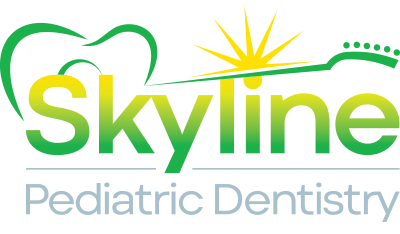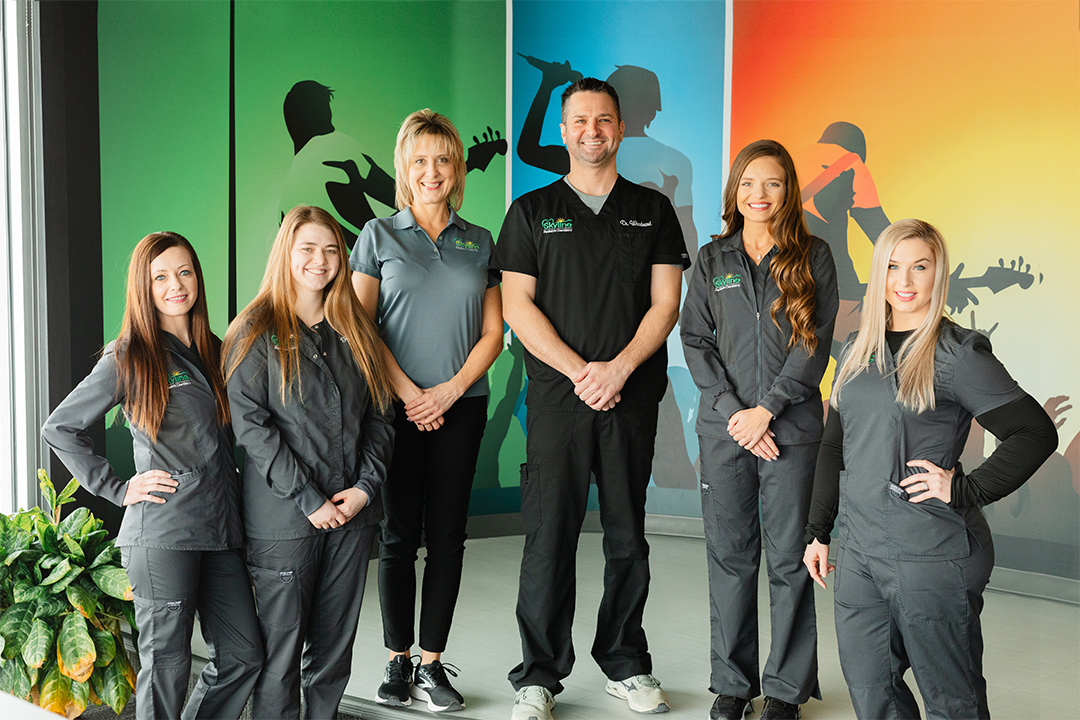
Frequently Asked Questions
FAQ About Children’s Teeth and Dental Care
When should I first take my child to the dentist?
The American Academy of Pediatric Dentists and the American Academy of Pediatricians both recommend that all children be seen by a dentist 6 months after the eruption of their first tooth, or by age one. I often tell parents that this visit is more for them than it is for their child. At your child’s first visit to the dentist, parents can get information about what to expect regarding teething, growth & development, pacifier use, finger-sucking habits, hygiene, and fluoride use. The vast majority of dental issues that children develop are 100% preventable and an early visit to a pediatric dentist can help avert certain dental problems before they occur.
What does “Board Certified” mean?
A pediatric dentist is a dentist who has completed a 2-3 year graduate program after dental school and becomes a specialist. After this, Board Certification is a voluntary examination process administered by the American Board of Pediatric Dentistry. Involvement in the certification process is a demonstration of the pediatric dentist’s pursuit of continued proficiency and excellence.
The certification process involves a written examination and an oral examination covering all areas of information on which a pediatric dentist should be knowledgeable. Certification is awarded for a time-limited period and board-certified pediatric dentists must renew annually to maintain their board-certified status.
When should my child stop using a pacifier?
Using a pacifier at an early age is most often a very benign practice and often soothes both the child (and their parents!) Pacifier use will typically cause some remodeling of the upper and lower jaws, however this remodeling usually will not be long lasting if the pacifier is no longer used past 3 to 3 ½ years of age.
How do I get my child to stop sucking his/her thumb?
Digit habits can be very difficult to break as many children have the habit instilled in them while they are still in the womb. Many children who continue to suck their thumb into their school-age years will stop due to peer pressure. As a child gets older they will start to understand logic and reasoning as to why they need to stop and will often respond well to positive reinforcement or the use of Band-aids® on their thumbs, bitter-tasting nail polish, or various other “reminders.”
Younger children often need more of a “deterrent” as opposed to a reminder. These can include:
- A long sleeve shirt with the sleeves sewn shut
- Taping their thumb & finger together with athletic tape
- Various commercial products
- Intra-oral appliance fabricated and cemented in place by your dentist to help aid your child in breaking his/her habit
My child’s new teeth look yellow
Most people think that a person’s teeth get more and more yellow as we age, which is true but that is typically due to the food and liquids that we eat and drink causing extrinsic stain. When a child’s permanent teeth first erupt around age 6 the teeth are very new and the outer enamel layer is still in the process of calcifying. Because of this the enamel is more translucent and thus the inner dentin layer (which is naturally yellow) shows through more. This is exacerbated by the fact that primary (baby) teeth are naturally very chalky and white, so the contrast between these “old” teeth and the “new” permanent teeth makes these teeth appear even more yellow than they truly are. As your child grows older (typically around adolescence) the enamel continues to calcify and less of the yellow dentin shows through.
My child has permanent teeth coming in behind his/her baby teeth
As permanent teeth start to erupt they gradually resorb the roots of the baby teeth they are going to replace. As these roots resorb the teeth get loose and eventually fall out to make way for the succedaneous teeth. If the erupting tooth comes in at a strange angle or awkward position and doesn’t resorb the baby tooth root properly, the erupting tooth will find its way around the baby tooth. Most often this is nothing to be concerned about and the baby tooth will eventually fall out and the permanent tooth will drift into its correct position, however, sometimes the baby tooth is very solid and needs to be “helped out” by your pediatric dentist as it will not fall out naturally.
At what age can a child start brushing his/her own teeth?
My general rule of thumb is when a child is able to tie their own shoes, they possess the dexterity to brush their own teeth. However this does not mean that they have the attention span and spatial ability to brush all five surfaces of each of the teeth in their mouth. I usually tell parents when they would feel comfortable letting their children brush Mom or Dad’s teeth in the morning, they can be comfortable allowing their children to brush on their own.
My child doesn’t like brushing his/her teeth. How can I get them to?
Young children oftentimes don’t like a lot of things that are necessary for their overall health. The best way to instill good brushing habits is to establish them early. Young children will often cry while they are getting their teeth brushed, but as time goes on they begin to realize that teeth brushing is just a part of their day.
I recommend that parents try and bundle brushing in with another daily habit such as bath time or after feeding. Young children respond best to having their teeth brushed while laying on their backs. As children get bigger it is sometimes easier to allow them to stand up facing away from you and approach them from behind almost as you would brush your own teeth.
Why are my child’s permanent teeth are coming in crooked and crowded?
The majority of children’s permanent teeth come in a little crowded. Those permanent teeth are as wide as they are going to be forever, but your child’s jaw still has a lot of growing to do. Thus, those teeth have to find some way to fit into a small space. They will often come in one in front of the other or crooked. As your child grows and his/her jaw does, too you will notice this crowding alleviate and the teeth will start to straighten. Some children need to have teeth pulled or braces/appliances put on early to help with severe crowding, but that is something we will discuss with you if necessary.
What should I use to clean my baby's teeth?
To prevent decay, use a soft-bristled toothbrush with a small head, preferably designed for infants, at least once a day before bedtime to remove plaque bacteria.
How often does my child need to see the a pediatric dentist?
Regular check-ups every six months help prevent cavities and other dental issues. However, the frequency of visits should be determined by your child’s pediatric dentist, considering their individual oral health.
When should my child start using toothpaste and how much?
Start cleaning your child’s gums with a soft infant toothbrush or cloth and water from birth. As soon as baby teeth appear, use a small amount of fluoride toothpaste twice a day with an age-appropriate-sized toothbrush. For children aged 3 to 6, increase the amount to a pea-size dollop and supervise their brushing. It’s important to note that young children may not brush effectively, so assistance is necessary. Children should spit out excess toothpaste and avoid swallowing it.
What Our Patients Say
Dr. Woodward and his staff are amazing. Very kind, patient, knowledgeable. His office is gorgeous. My 3yr old son though actually loves going to the dentist and I credit this to awesome staff that make him comfortable. Thank you for all you do! And COVID precautions are great!
– Diane N.
Hours
Mon, Tue, Thu:
7:30am – 5:00pm
Wed, Fri:
7:30am – 12:00pm

